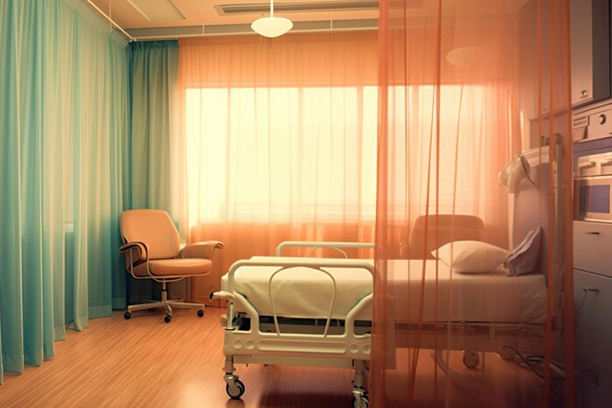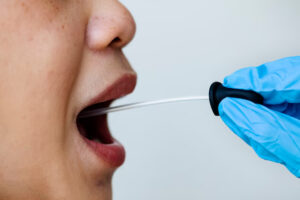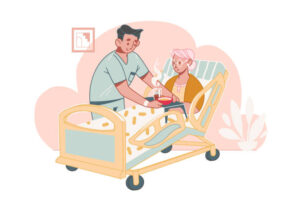Preventing bed sores, also known as pressure ulcers, involves strategies to reduce prolonged pressure on the skin, improve circulation, and maintain skin health. Here are some key prevention measures:
1. Regular Position Changes
- For individuals in bed: Reposition at least every 2 hours.
- For wheelchair users: Shift weight every 15 minutes and change position every hour.
- Use positioning aids like pillows or foam wedges to relieve pressure on vulnerable areas.
2. Use Supportive Surfaces
- Pressure-relieving mattresses: Foam, gel, or air mattresses reduce pressure points.
- Cushions for chairs or wheelchairs: Choose cushions designed to distribute weight evenly.
3. Skin Care and Hygiene
- Keep skin clean and dry: Gently cleanse with mild soap and warm water; pat dry instead of rubbing.
- Moisturize daily: Prevent dryness, which increases the risk of skin breakdown.
- Inspect skin daily: Look for redness, swelling, or early signs of sores, especially on bony areas (heels, hips, tailbone).
4. Optimize Nutrition and Hydration
- Protein-rich diet: Supports skin repair and prevents breakdown.
- Stay hydrated: Promotes healthy, elastic skin.
- Essential nutrients: Ensure adequate intake of vitamins C, E, and zinc for skin health.
5. Improve Mobility
- Encourage as much movement as possible, even small shifts.
- Use mobility aids if needed to facilitate movement.
6. Manage Underlying Conditions
- Diabetes: Control blood sugar levels to maintain skin health and circulation.
- Circulation issues: Work with healthcare providers to improve blood flow.
7. Use Protective Dressings
- Apply foam dressings, hydrocolloids, or other protective materials on high-risk areas for added cushioning.
8. Avoid Friction and Shear
- Use draw sheets to reposition individuals to minimize skin dragging.
- Elevate the head of the bed minimally to reduce sliding.
9. Seek Professional Advice
- Consult a healthcare provider or wound care specialist for personalized strategies if at high risk.
Consistent vigilance and care are essential to prevent bed sores, particularly for those with limited mobility.





